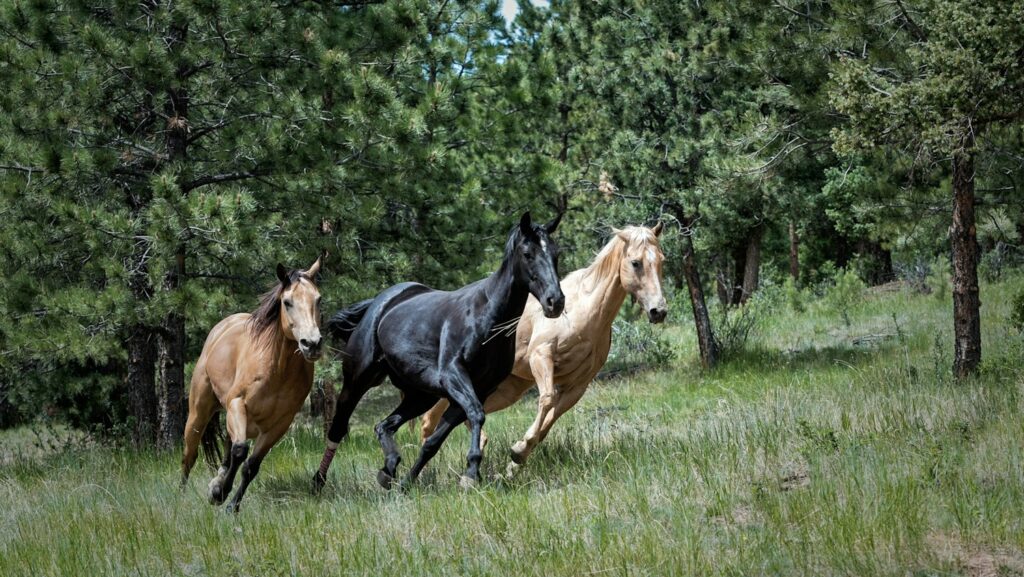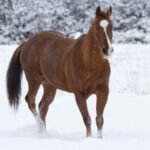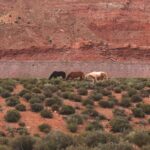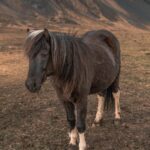The world of equestrian sports and enthusiasts has always been captivated by the remarkable abilities of horses, particularly when it comes to agility. Throughout history, different horse breeds have been selectively bred for various purposes, from heavy draft work to lightning-fast racing. Among these diverse equine athletes, some stand out for their exceptional agility—their ability to change direction quickly, navigate complex obstacles, and perform intricate maneuvers with grace and precision. This article explores the contenders for the title of “most agile horse breed,” examining what makes these equine marvels so nimble and responsive. From the compact and quick-turning Arabian to the gravity-defying movements of the Lusitano, we’ll dive into the fascinating world of equine agility and discover which breeds might claim the crown.
Understanding Equine Agility: What Makes a Horse Nimble?
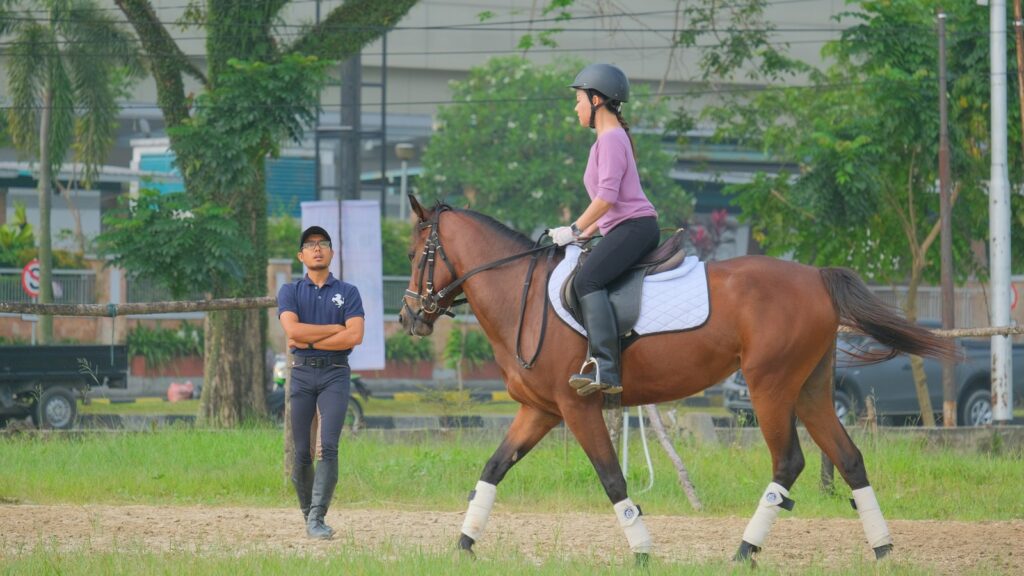
Equine agility encompasses a combination of physical attributes and mental qualities that enable a horse to move with precision and quickness. At its core, agility requires a balanced conformation with strong hindquarters that can propel the horse forward or halt its momentum in an instant. The horse’s center of gravity plays a crucial role—breeds with naturally lower centers of gravity often excel in quick turns and directional changes. Muscle composition matters too, with a higher percentage of fast-twitch muscle fibers contributing to explosive movement and rapid reactions. Beyond physical characteristics, an agile horse demonstrates exceptional proprioception (awareness of body position), mental focus, and willingness to respond instantly to subtle rider cues. These elements combine to create the athletic marvel we recognize as an agile horse.
The Arabian: Desert-Born Agility Master
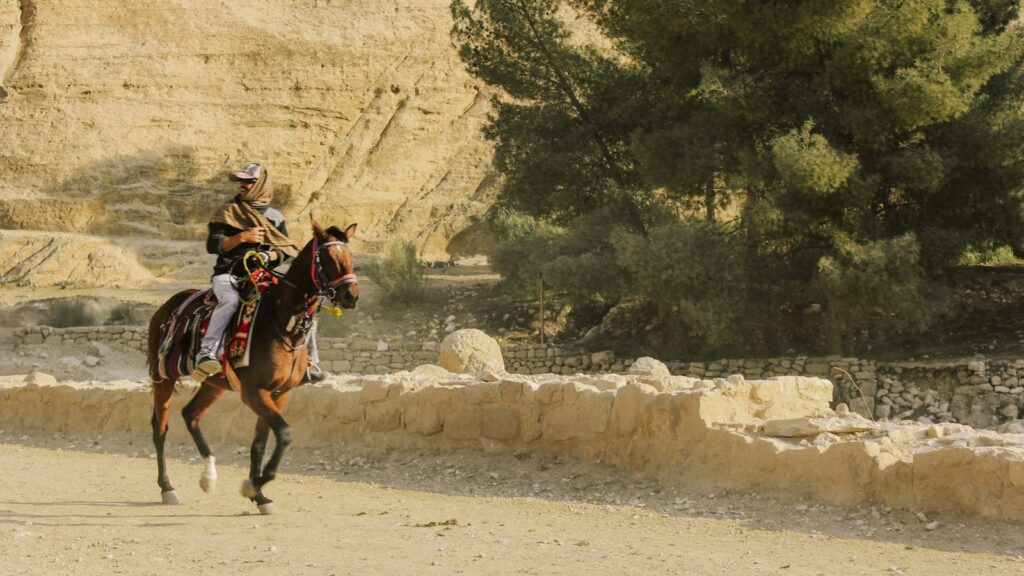
The Arabian horse stands as perhaps the most historically significant contender for the title of most agile breed. Developed in the harsh desert environment of the Arabian Peninsula, these horses evolved to be swift, enduring, and incredibly nimble—qualities essential for survival in an unforgiving landscape. Their distinctive conformation features contribute directly to their agility: a compact body with fewer vertebrae than other breeds, high-set tail, and characteristic dished face profile. Arabians typically have an incredible strength-to-weight ratio, allowing for explosive acceleration and rapid direction changes that few other breeds can match. Their natural intelligence and sensitivity make them remarkably responsive to rider cues, enabling split-second adjustments during complex maneuvers. Even after thousands of years of domestication, the Arabian retains the desert-honed reflexes that make it a formidable competitor in disciplines requiring precise movements and quick thinking.
The Lusitano: Portugal’s Acrobatic Wonder
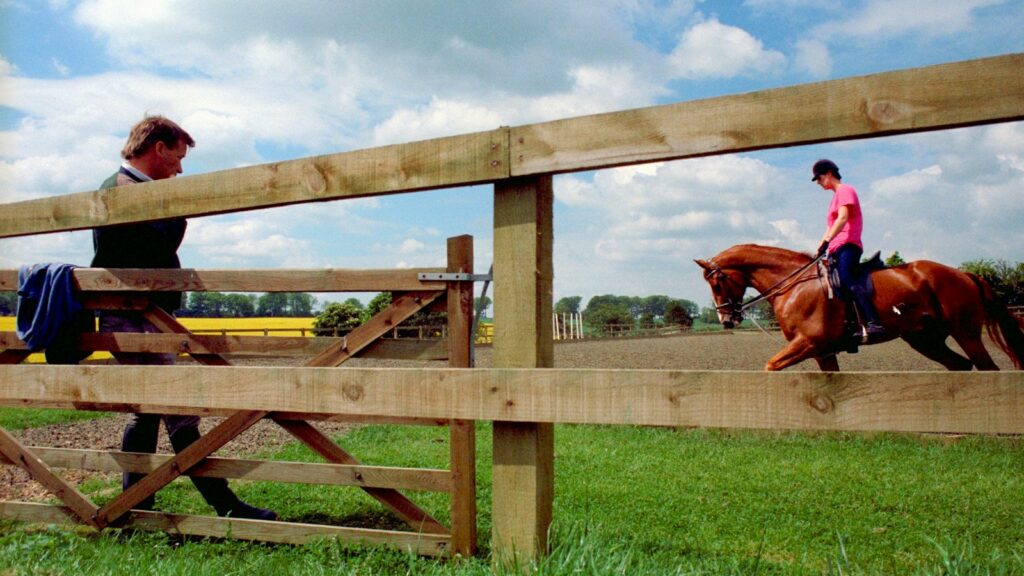
Portugal’s pride, the Lusitano, has agility encoded in its very genetics, having been developed specifically for the art of classical dressage and bullfighting. When watching a skilled Lusitano perform, observers are often struck by the breed’s remarkable ability to collect itself, shifting weight to the hindquarters in a way that creates almost gravity-defying movements. This natural collection allows for the spectacular “airs above the ground”—leaps and movements where all four hooves leave the ground simultaneously in controlled patterns. The Lusitano’s muscular hindquarters and naturally uphill build contribute to its ability to perform tight pirouettes and lateral movements with seemingly effortless grace. Their courage and intelligence, honed through centuries of facing charging bulls in Portuguese bullfighting (where the bull is not harmed), have created a horse with extraordinary focus and reaction times. For many classical riding masters, the Lusitano represents the pinnacle of equine agility in its most artistic form.
The Quarter Horse: America’s Agility Champion
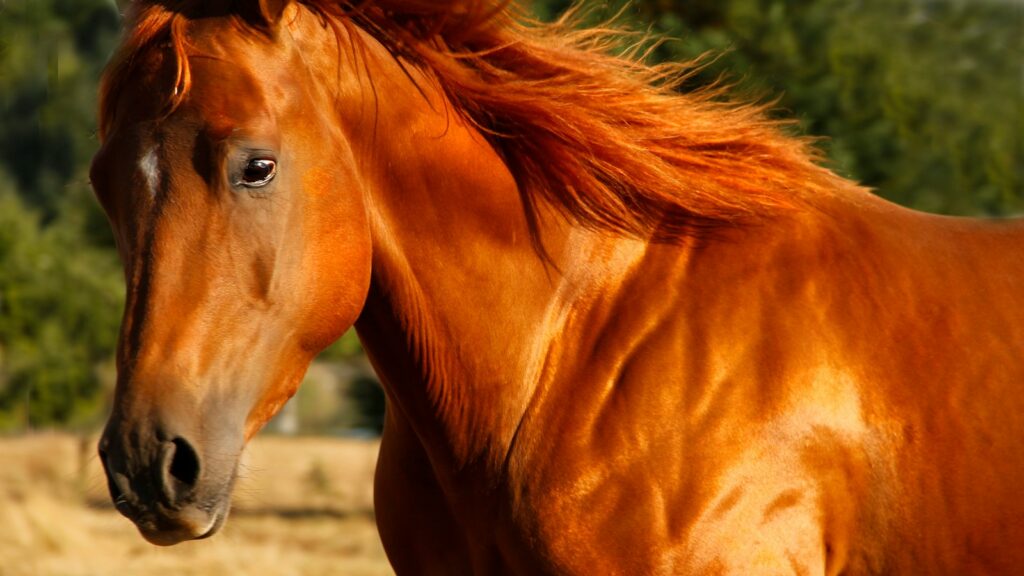
When it comes to explosive bursts of speed and lightning-quick turns, few breeds can rival the American Quarter Horse. Developed in the early American colonies and later refined on western ranches, Quarter Horses were specifically bred for their ability to sprint a quarter mile and maneuver quickly while working cattle. Their muscular build features powerful hindquarters that enable them to stop on a dime and spin 180 degrees in a single fluid motion—movements that have made them the undisputed kings of western performance events like cutting and reining. The breed’s low center of gravity and heavily muscled shoulders contribute to their ability to change direction with minimal loss of momentum. Neurologically, Quarter Horses tend to demonstrate exceptionally quick reaction times, which when combined with their physical attributes, creates an animal capable of mirroring a cow’s unpredictable movements with uncanny precision. For many ranchers and western performance competitors, the Quarter Horse represents the perfect blend of speed, power, and agility.
The Thoroughbred: Racing Agility Personified
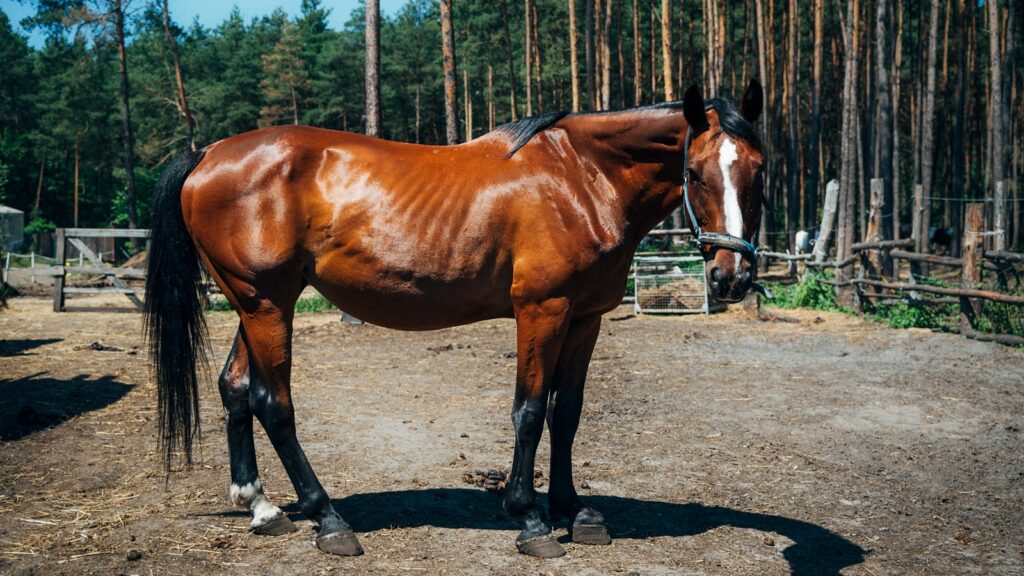
Though primarily celebrated for their speed, Thoroughbreds possess a remarkable form of dynamic agility that deserves recognition in any discussion of nimble horse breeds. Their long, slender legs and deep chest create a machine built for efficiency of movement at high speeds, including the ability to negotiate turns on racetracks while traveling at over 40 miles per hour. This high-speed agility requires extraordinary balance and coordination that few other breeds can maintain at such velocities. Off the racetrack, many Thoroughbreds transition successfully to jumping disciplines, where their natural athleticism allows them to adjust stride length mid-approach and rebalance quickly after landing. Their lean musculature provides an exceptional power-to-weight ratio, enabling quick acceleration and deceleration that proves valuable across multiple disciplines. While different from the tight-turning agility of stock horses, the Thoroughbred’s flowing, athletic movement represents a specialized form of dynamic agility that has earned them prominence in sports from steeplechase to three-day eventing.
The Akhal-Teke: Ancient Agility from the Steppes
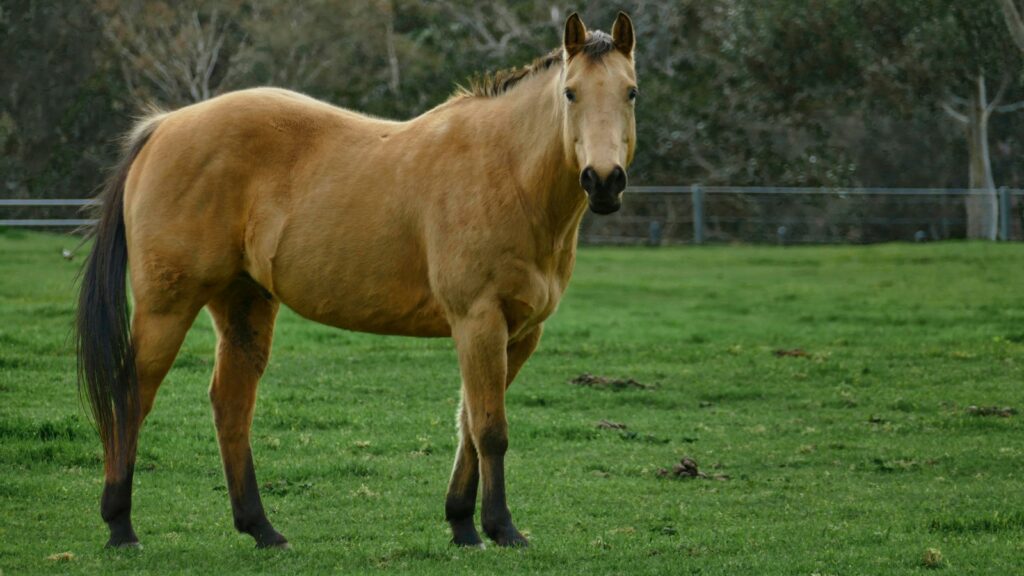
The golden Akhal-Teke from Turkmenistan represents one of the world’s oldest and most distinctive horse breeds, with a unique form of desert-adapted agility. Their unmistakable conformation—lean, almost greyhound-like bodies with minimal body fat and fine skin—creates a horse capable of astonishingly efficient movement across difficult terrain. Unlike some other agile breeds, the Akhal-Teke’s movements tend to be smooth and flowing rather than staccato, allowing them to navigate rough country with minimal energy expenditure. Their naturally elastic gaits enable them to cover ground quickly while maintaining sure-footedness on challenging surfaces. Historically bred for raids across vast distances, these horses developed remarkable proprioception (awareness of body position) that allows them to place each hoof with precision even at speed. The breed’s intelligence and strong bond with single riders creates a partnership where subtle cues can translate to immediate responses—a critical factor in any discussion of practical agility.
The Andalusian: Spain’s Agility Aristocrat
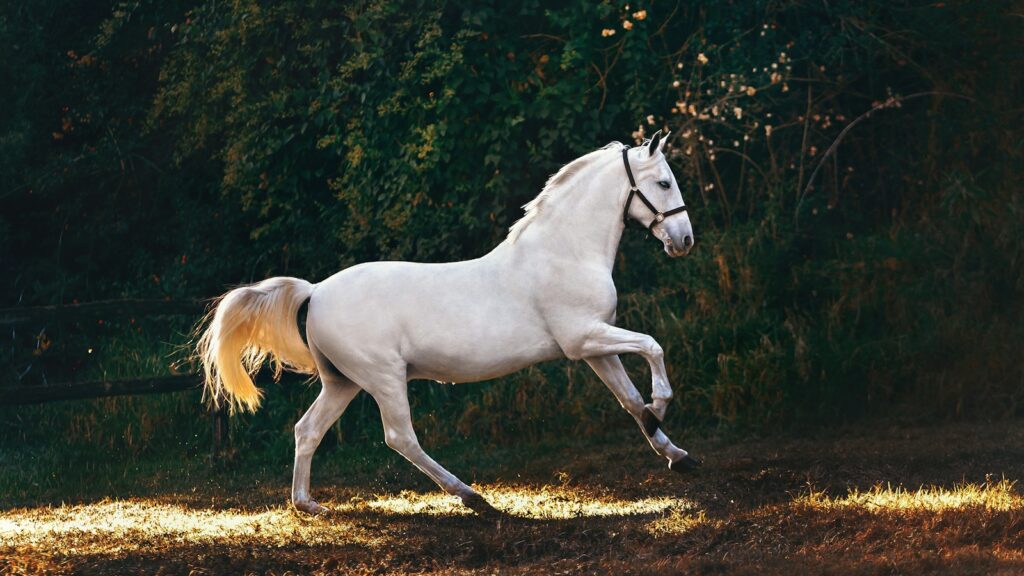
The Andalusian, or Pure Spanish Horse, stands as a living monument to centuries of selective breeding for collection, responsiveness, and elevated movement. Their naturally uphill conformation, with powerful hindquarters and a relatively lightweight forehand, creates a horse predisposed to collected movements that require significant agility. Andalusians typically possess a remarkable ability to shift their weight backwards, elevating their forehand in moves ranging from the simple rearing posture to the complex capriole of classical dressage. The breed’s compact but muscular build provides the strength needed for collected work while maintaining the flexibility required for lateral movements. Historically valued by nobility for their ability to perform in both warfare and courtly displays, Andalusians developed a unique combination of bold temperament and extraordinary sensitivity to aids. Their inherent “self-carriage” and natural balance allow riders to request complex movements with minimal interference, creating the impression of a horse dancing under seemingly invisible guidance.
The Appaloosa: Spotted Agility Specialist
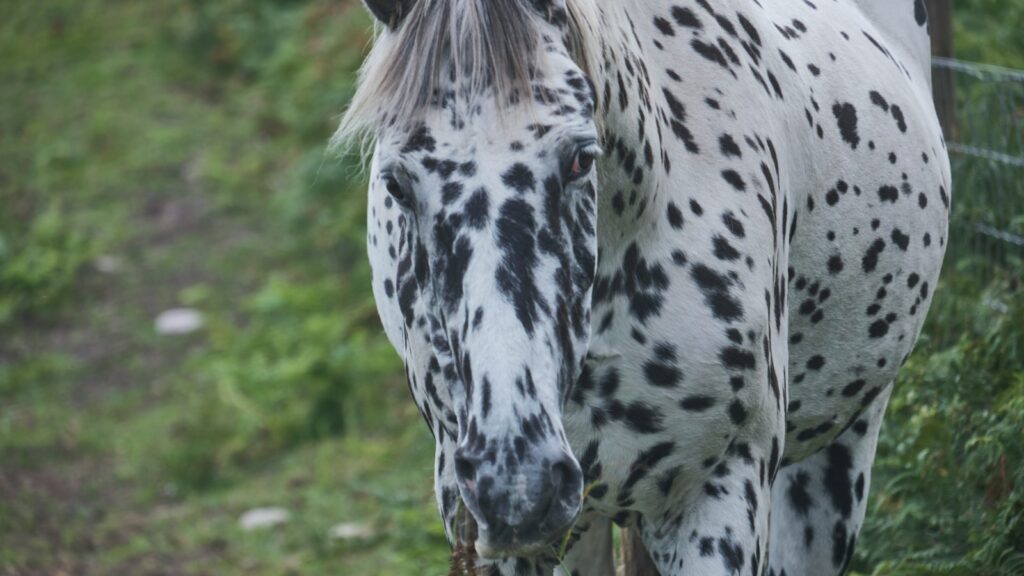
Developed by the Nez Perce tribe of the American Northwest, the Appaloosa combines distinctive spotted coloration with remarkable practical agility suited to hunting and warfare. These horses were bred specifically for sure-footedness in challenging mountain terrain, requiring a special kind of agility focused on balance and quick recoveries rather than just speed of movement. Their compact, muscular build provides the strength needed for scrambling up steep slopes while maintaining the responsiveness needed for quick directional changes when pursuing game or evading enemies. The Nez Perce valued intelligence and independence in their mounts, creating horses capable of thinking for themselves when navigating difficult situations. Modern Appaloosas have maintained many of these traits, excelling in disciplines like trail riding competitions, mountain riding, and games requiring quick reflexes. Their unique history has created a horse with a practical form of agility that values reliability and adaptability over flashy movement.
The Morgan: Versatile American Agility
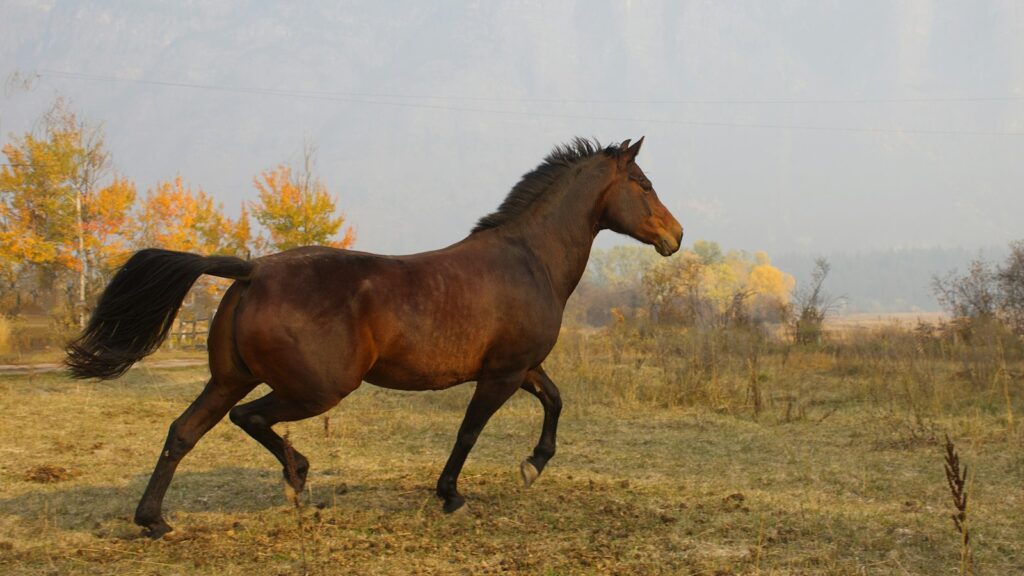
America’s first native breed, the Morgan, demonstrates a form of agility that emphasizes versatility and willingness above all else. Descended from a single foundation stallion, Figure (later known as Justin Morgan), these horses developed a distinctive compact but powerful build that facilitates quick movement in multiple directions. Their naturally level topline and well-angulated joints create efficient movement that can easily transition between collected and extended gaits. Morgans typically possess exceptional coordination between front and hind ends, allowing for balanced turns and transitions that maintain rhythm even through complex maneuvers. The breed’s legendary good temperament augments their physical agility with a mental willingness to try new challenges and respond quickly to unfamiliar requests. This combination of physical capability and psychological adaptability has made the Morgan a successful competitor in disciplines ranging from carriage driving to reining, demonstrating a versatile form of agility that transcends specialized applications.
The Caspian: Small Package, Enormous Agility
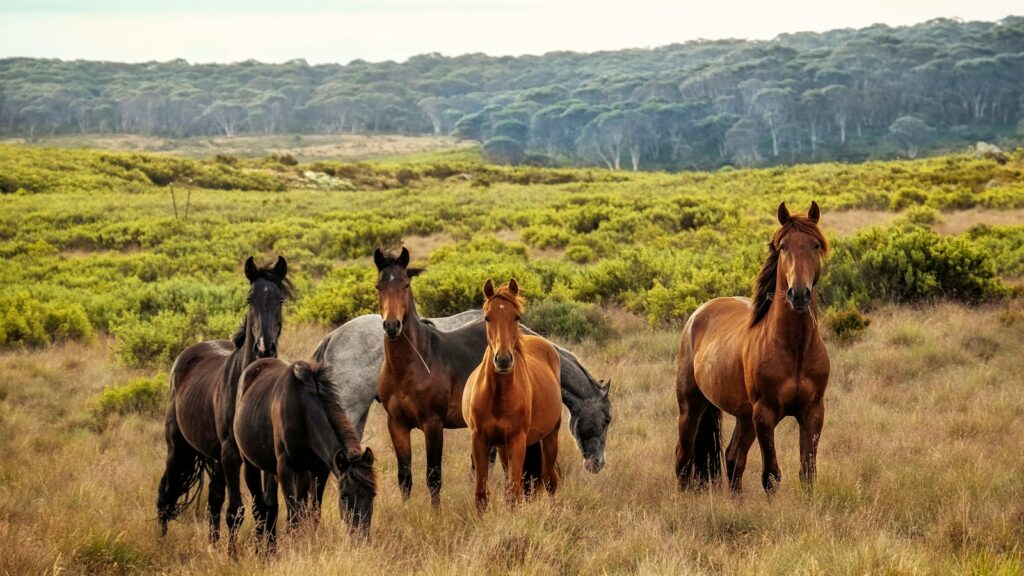
Sometimes mistaken for a pony despite being a true miniature horse, the ancient Caspian breed from Iran packs remarkable agility into its diminutive frame. Standing between 9 and 12 hands high, these horses possess movement and proportions more similar to their larger cousins than to typical ponies, featuring notably refined legs and hooves relative to their size. Their exceptional agility stems partly from a unique skeletal structure that includes different scapular attachments from most modern horses, creating extraordinary range of motion in the shoulders. This anatomical difference contributes to their renowned jumping ability, with documented cases of Caspians clearing obstacles three times their own height with apparent ease. Their quick reflexes and extraordinary coordination make them surprisingly competitive even against much larger breeds in speed games and precision challenges. The Caspian’s small size creates a naturally lower center of gravity, further enhancing their ability to make tight turns and quick directional changes that would unbalance larger equines.
The Marwari: India’s Agile Warrior Horse
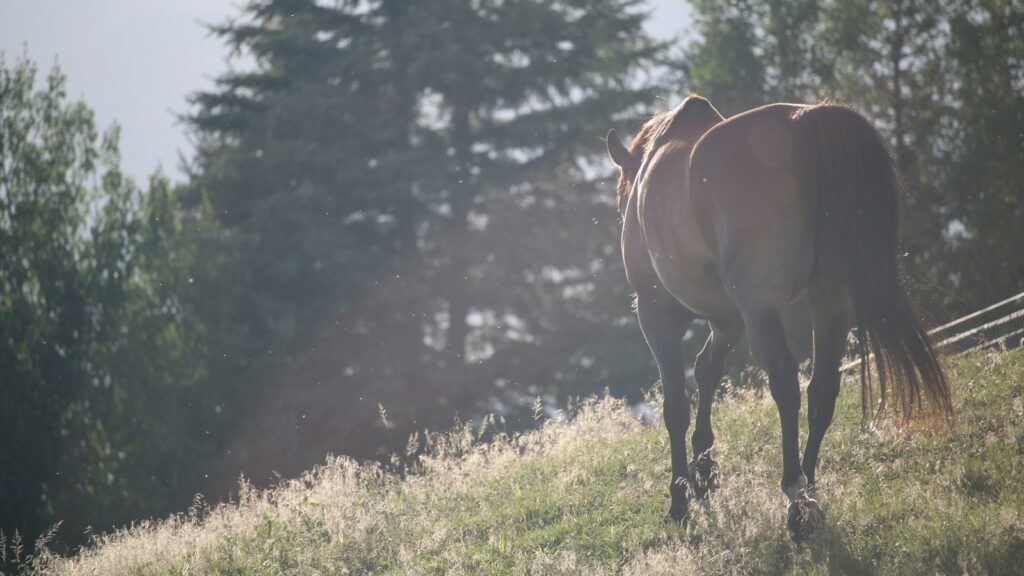
Perhaps the most visually distinctive breed in our discussion, the Marwari from India combines iconic inward-curving ears with exceptional desert-adapted agility. Developed as cavalry mounts for the mounted warriors of Marwar, these horses were specifically selected for their ability to perform quick directional changes while carrying armed riders in the chaos of battle. Their typically compact, muscular build provides the strength needed for carrying substantial weight while maintaining the responsiveness required for war maneuvers. Marwaris are renowned for their extraordinary balance and surefootedness, with some individuals capable of performing complex movements similar to modern dressage even on unstable desert terrain. The breed’s heightened sensory awareness, partly facilitated by their unique ear structure that can rotate 180 degrees independently, contributes to their remarkable reaction times. Their legendary loyalty—with stories of horses returning wounded riders to safety through dangerous territory—reflects an intelligence that complements their physical agility with thoughtful decision-making.
Measuring Agility: Modern Competition Standards
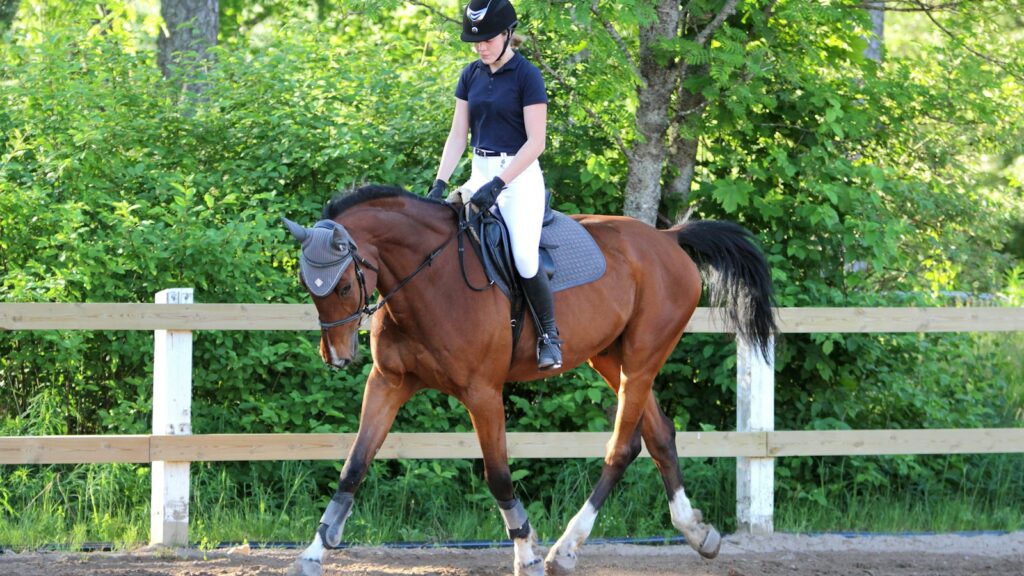
In contemporary equestrian sports, agility is measured through several specialized disciplines that test different aspects of this complex quality. Western riding offers reining competitions, where horses must perform precise patterns including sliding stops, spins, and flying lead changes that demonstrate control, balance, and responsiveness at various speeds. Cutting competitions challenge horses to independently track and block the movements of cattle, requiring split-second reactions and intuitive agility without direct rider guidance. The jumping arena tests yet another form of agility, with horses navigating courses that demand accurate takeoff points, careful body control in the air, and quick recovery upon landing. Dressage, particularly at higher levels, requires a more collected form of agility, with horses performing precise movements within very small areas of the arena while maintaining consistent rhythm and balance. Each of these disciplines values slightly different aspects of agility, making the question of “most agile breed” dependent on which specific qualities and contexts one considers most important.
Training for Agility: Can Any Horse Become More Nimble?
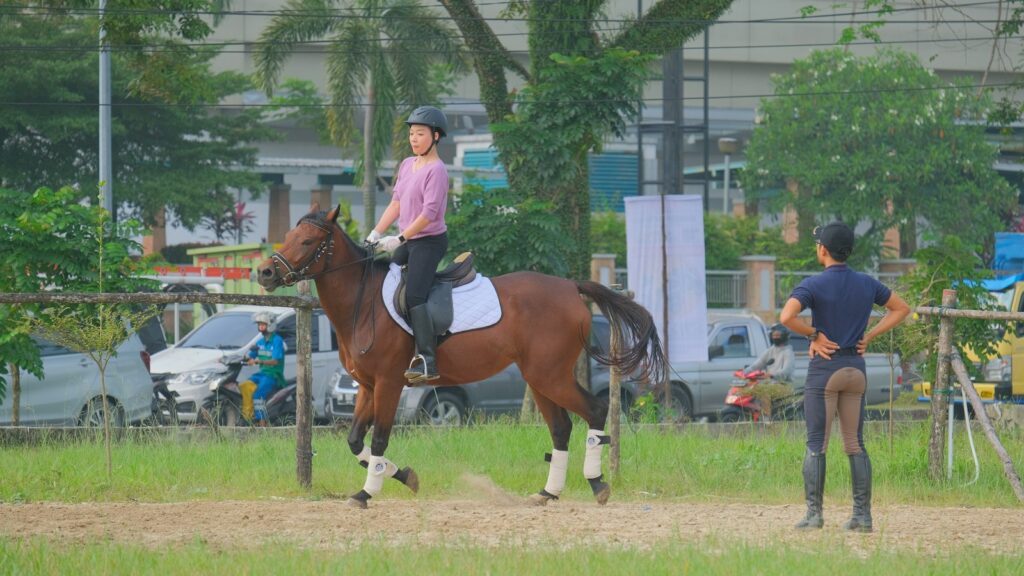
While certain breeds may have genetic advantages when it comes to agility, proper training can significantly enhance the natural abilities of almost any horse. Gymnastic exercises that gradually build strength, coordination, and balance form the foundation of agility training across disciplines. Lateral work—movements where horses travel sideways as well as forward—develops the muscular control and mental understanding needed for quick directional changes. Transitions between gaits and within gaits (collecting and extending) build responsiveness and the ability to shift weight between forehand and hindquarters smoothly. Obstacle work, whether formal jumping exercises or simple pole patterns, enhances a horse’s proprioception and teaches them to place their feet precisely. Perhaps most importantly, agility training must include developing the horse’s confidence and focus, as even the most physically capable equine cannot perform at its best while anxious or distracted. A thoughtful, progressive training program can transform a moderately agile horse into a remarkably nimble athlete, though breeding will still influence the ultimate ceiling of capability.
Conclusion: The Subjective Nature of Equine Agility

In our exploration of equine agility across numerous breeds and disciplines, one conclusion becomes clear: the question of “most agile horse breed” defies a single definitive answer. Each breed we’ve examined demonstrates specialized forms of agility adapted to their historical purposes and environments. The Quarter Horse’s lightning-fast spins serve different needs than the Lusitano’s aerial movements or the Akhal-Teke’s efficient desert travel. Rather than crowning a single champion, we might better appreciate how different types of agility have evolved to serve specific equestrian needs across cultures and centuries. What remains universally true is the remarkable adaptability of the horse as a species—their ability to develop specialized movement capabilities through selective breeding while maintaining their fundamental nature as flight animals built for quick responses. Perhaps the most accurate answer to our title question lies not in identifying a single superior breed, but in celebrating the diverse expressions of agility that make each of these breeds extraordinary in their own unique ways.

